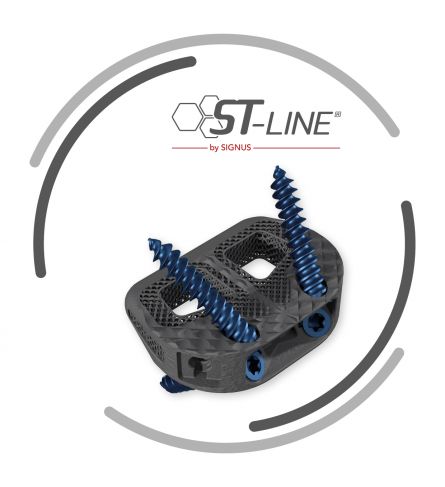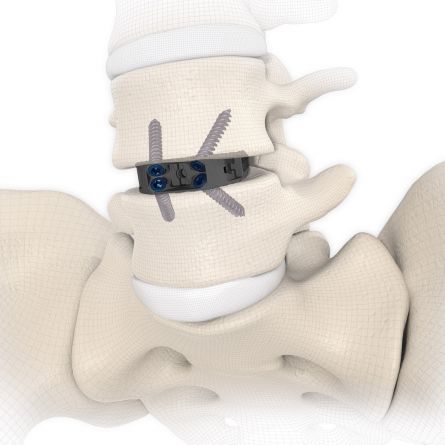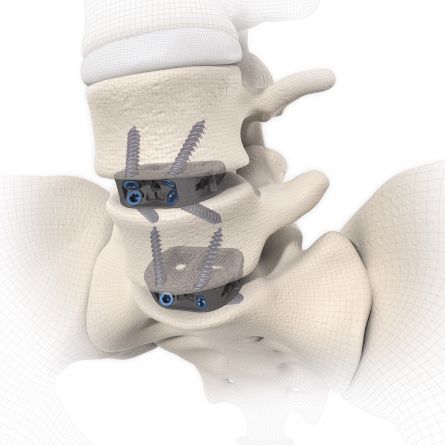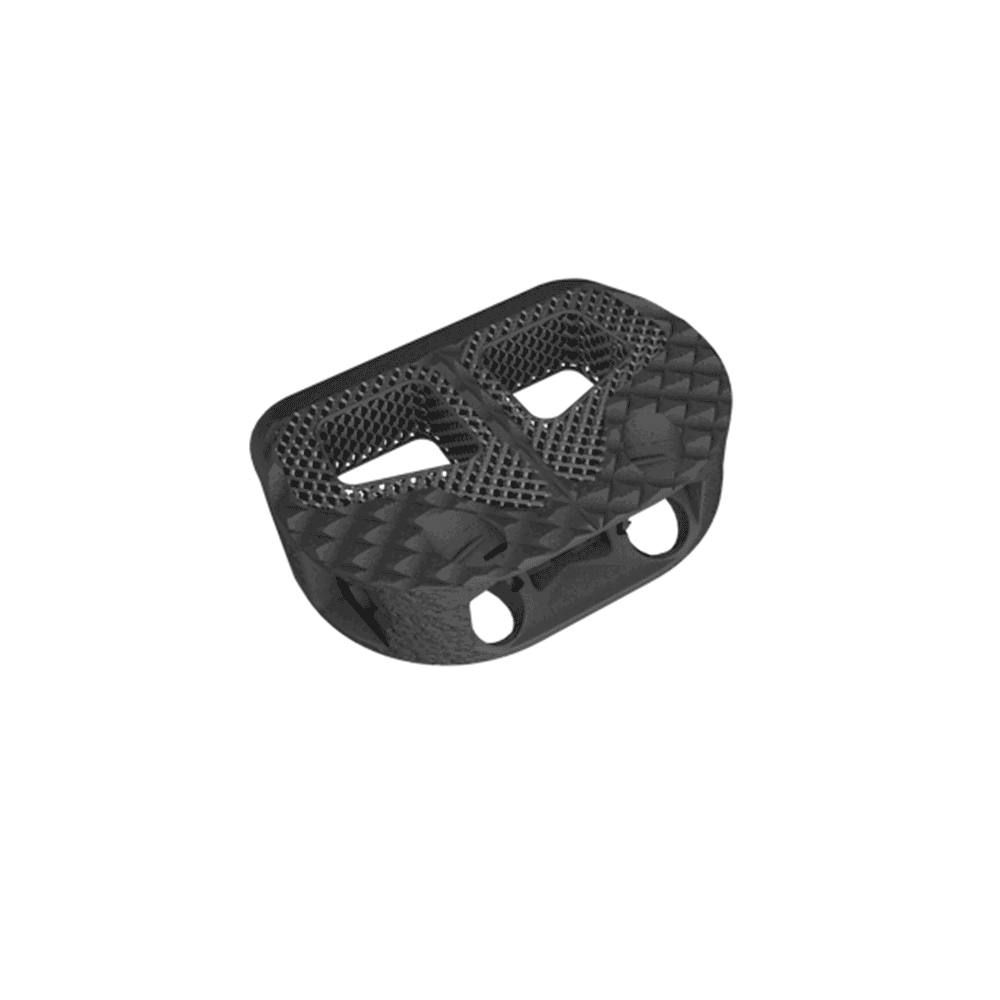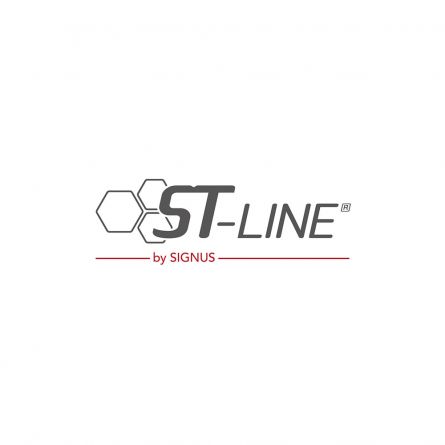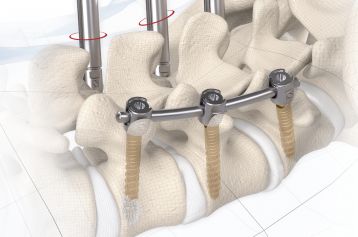BIG ST
Request product
start requestThe ventral approach for the lumbar fusion system has long been established in spinal surgery due to the easy approach to the disc space. The Anterior Lumbar Interbody Fusion (ALIF) has the advantage of an extensive ventral release and the option of placement of larger cages than from the posterior direction. BIG® ST implants can be placed by traditional methods and also by minimally invasive techniques either transperitoneal or retroperitoneal. Here, the integrated, diverging bone screws form an angularly stable connection and ensure fixation and increased (stand-alone) implant stability. In combination with the simple instrument set and a wide range of implants the BIG® ST system offers an efficient and reliable solution for Anterior Lumbar Interbody Fusion (ALIF). When used in combination with the atraumatic, minimally invasive implant placement technique, it offers a high degree of multidirectional stability with the least possible traumatisation.
BIG® ST is placed by an ALIF (Anterior Lumbar Interbody Fusion) approach in the L1 – S1 spinal region. The cages are picked up at 0°, 45° or 90° in order to adjust the insertion technique to the actual surgical conditions.
The large fenestration in the implant permits the cage to be packed with natural or synthetic bone graft substitute such as KAINOS® Inject. The inserted cage, stand-alone – combined with integrated fixation – or with additional posterior instrumentation, leads to immediate biomechanical stabilisation. This establishes the ideal conditions for vertebral body fusion.
The large selection of implants provides for a high degree of intraoperative flexibility and ensures restoration of the intervertebral space. The BIG® ST cage is available in different lordotic angles.
Variable implantation
Optional: stand-alone ALIF
Open implant design
Flattened front edge of implant
Smooth lateral surfaces
Large contact area with the vertebral body
Open, macroporous titanium structure
Increased roughness in conjunction with proven SIGNUS toothed cage design
Manufactured from a biocompatible titanium alloy (Ti-6Al-4V) with proven strength.
The open, porous structure of ST implants increases the surface area for new bone cells to settle, thus increasing the contact surface between the implant and the end plate of the adjacent vertebral body. In combination with the surface roughness of the implant, a high primary stability and a significantly reduced risk of migration can therefore be achieved. This is additionally favoured by the open and interconnecting porosity, which enables successful grafting of endogenous cell material and its propagation.
Click here for detailed ST material information.
Here you get to the eifu of BIG ST.



